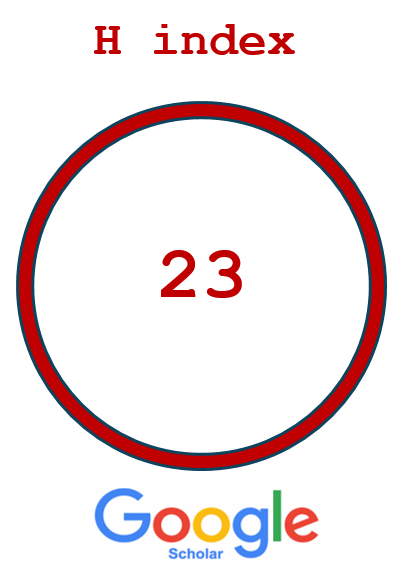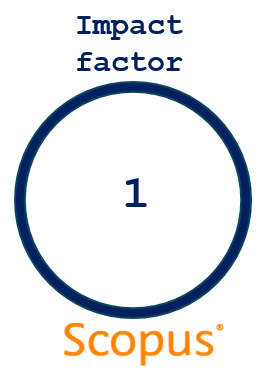ACTA Pharmaceutica Sciencia
2010 , Vol 52 , Num 1
EROSION-DIFFUSION CELL: A NEW APPARATUS TO STUDY IN-VITRO DRUG RELEASE FROM EROSION-DIFFUSION BASED FORMULATIONS
Akal College of Pharmacy and Technical Education, Mastuana Sahib, Sangrur-India
Viewed :
20717
-
Downloaded :
5536
Erosion-diffusion (E-D) cell has been designed to study in vitro drug release from a variety of dosage forms like tablets, capsules, pellets, powders, films, patches, granules, micro-spheres, micro-capsules etc. It provides a better and effective alternative as compared to USP XXVI dissolution rate test apparatus. It consists of central body region, outer body region, screen, cap, sampling port and lid. Design and handling of E-D cell is better as compared to USP Dissolution rate test apparatus. Equipment is evaluated on the basis of sensitiveness, effectiveness and easiness to determine in vitro drug release, degree of stirring and quality of glass used. Apart from this, separate dissolution study was performed and the profile was compared with USP XXVI dissolution rate test apparatus. Test for hydrolytic resistance or limit of alkalinity (Crushed-glass test USP) indicated that the type of glass used for designing E-D cell was type I glass. KMnO4 mauve stirring test suggested that E-D cell coupled with magnetic stirrer could provide instantaneous and acceptable stirring required during dissolution studies. The profile obtained by E-D cell was better in terms of release order.
Keywords :
EROSION, DIFFUSION, EROSION CELL, DIFFUSION CELL, IN VITRO DRUG RELEASE, MAUVE SIRRING TEST





